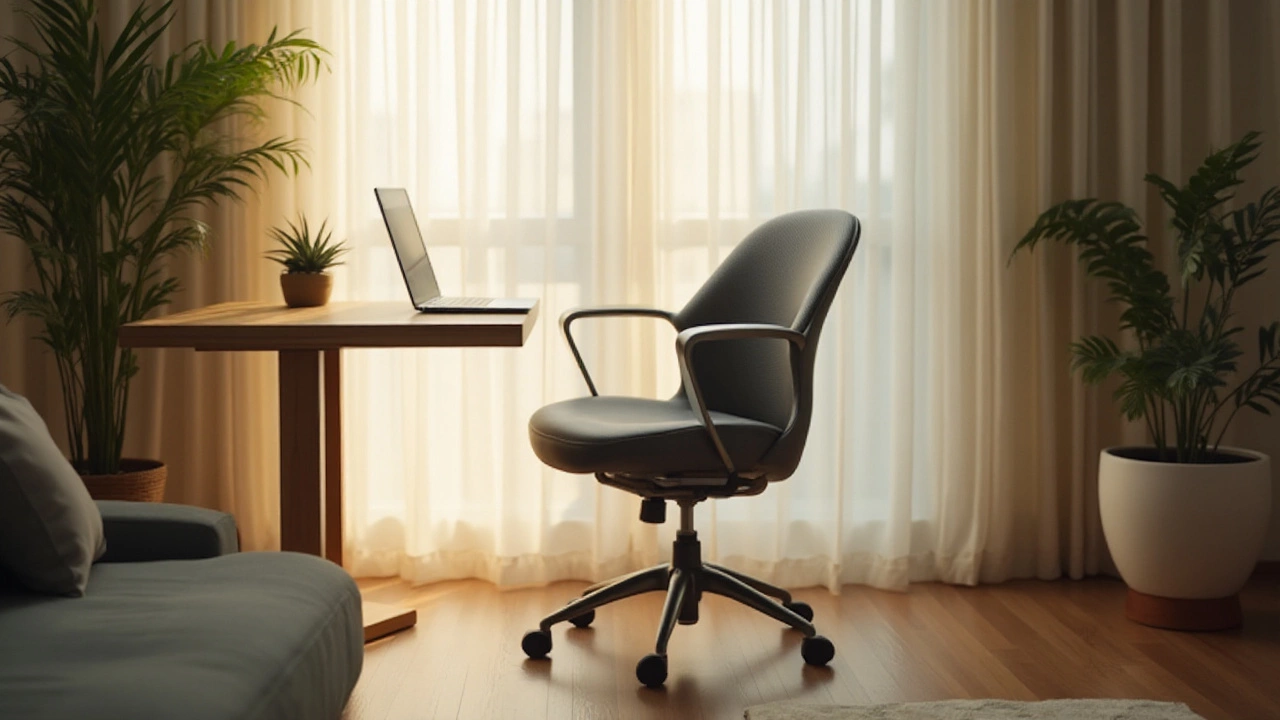Safety Tips for Your Home and Furniture
Keeping your home safe doesn’t have to be a puzzle. From the couch you love to the box you store it in, a few simple steps can stop problems before they start. Below you’ll find the most common safety concerns and easy ways to handle them.
Common Safety Concerns in Living Spaces
People often overlook the tiny gaps in wicker chairs, the humidity in a storage unit, or the weight of a coffee table that can tip over a kid’s foot. Bed bugs love the cracks in wicker furniture, mold thrives in damp closets, and a heavy sofa can become a hazard if it isn’t anchored during a move. Even something as simple as a rug under a coffee table can affect slip risk.
Another frequent issue is sagging sofas. When the frame isn’t sturdy, the seat can droop, making it uncomfortable and increasing the chance of a sudden collapse. And let’s not forget about protecting garden furniture from rain – water can rust metal frames and warp wooden seats, turning a beautiful patio set into a safety risk.
Practical Tips to Keep Your Home Safe
Start with a quick inspection of any wicker pieces. Look for loose weave, tighten any stray strands, and vacuum regularly to catch bed bugs early. If you spot tiny spots or a musty smell, treat the area with heat or a professional pest service.
For mold, keep storage spaces dry. Use silica packs, open windows when possible, and wipe down any water spills right away. A simple dehumidifier in basements or closets can cut mold growth dramatically.
When moving a sofa, measure doorways and corners ahead of time. Clear a path, protect the floor with moving blankets, and enlist a friend to help lift. If the couch is too big for a narrow stairwell, consider disassembling removable legs or cushions.
To stop a sofa from sagging, check the frame’s material. Hardwood or metal frames are more reliable than soft wood. Add a plywood board under the cushions for extra support, and avoid sitting on the same spot for long periods.
Place a rug under a coffee table only if the rug is low‑pile and the table legs are stable. A thick rug can hide wobbling legs, so always test the table’s steadiness before laying down a rug.
Protect outdoor furniture by covering it with a waterproof tarp when rain is expected. Store cushions in a dry space and apply a spray sealant to metal frames to prevent rust.
Finally, keep an eye on storage unit size. A standard 10x10 unit can hold a small loveseat but not a full‑size sectional. Use vertical space – stack lightweight items on top of sturdy pieces, and wrap furniture in breathable covers to avoid moisture buildup.
By doing quick checks, using the right covers, and planning moves carefully, you’ll keep your home comfortable and safe without spending a lot of time or money. Stay aware, act fast, and enjoy a worry‑free living space.
Examining the Safety of IKEA Office Chairs
IKEA office chairs are known for their modern design and affordability, making them a popular choice for home and workplace settings. This article explores the safety features and considerations of IKEA office chairs, including ergonomic benefits and potential risks. By understanding how these chairs are constructed and designed, consumers can make informed decisions when selecting seating options. We also provide tips on how to maintain these chairs for optimal safety and comfort.





